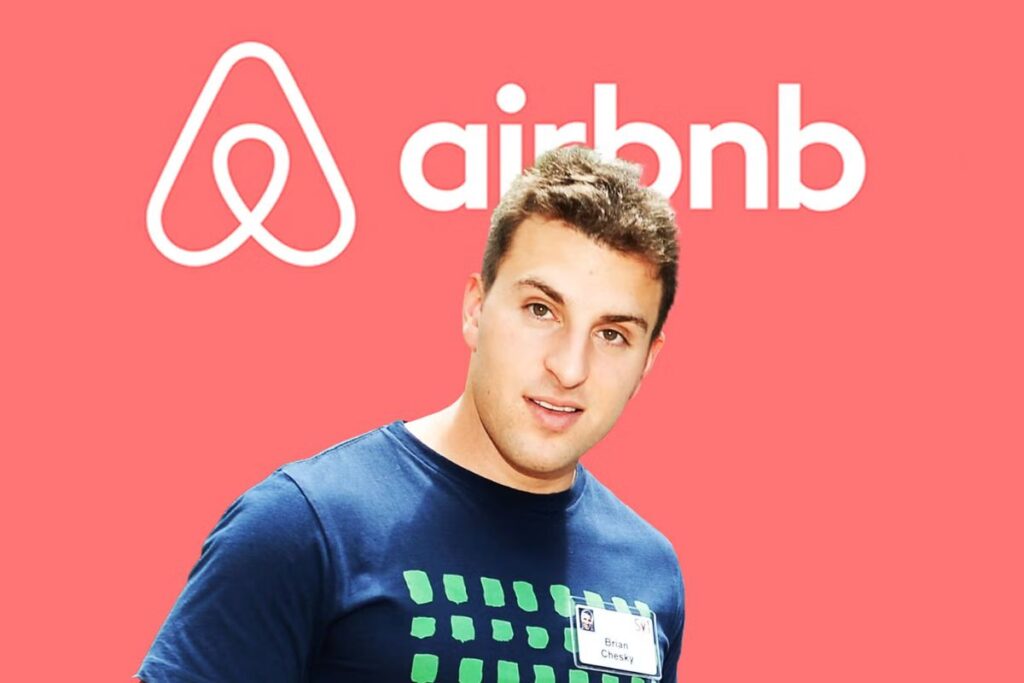Every startup founder eventually faces a pivotal decision: Should I bootstrap my business or seek external funding?
Both bootstrapping and fundraising have helped entrepreneurs build iconic businesses. Mailchimp was bootstrapped and sold for $12 billion. On the other hand, Uber, Airbnb, and Stripe raised billions before reaching global scale. So, which path is right for you?
This article explores the differences between bootstrapping and fundraising, the pros and cons of each, real-world examples, and decision-making frameworks to help you determine which path aligns with your vision, values, and venture.
What Is Bootstrapping?
Bootstrapping means building your business with little to no external funding. You rely on personal savings, reinvested profits, or small loans to get started. You grow slowly and organically, staying lean and prioritizing profitability.
Key Features:
- Funded by founders or revenue
- Focus on cost-efficiency and sustainability
- Maintains full ownership and control
- Often grows more slowly than funded startups

What Is Fundraising?
Fundraising involves raising capital from outside sources like angel investors, venture capital (VC) firms, accelerators, or crowdfunding platforms. The goal is often to scale rapidly, take bigger risks, and capture market share quickly.
Key Features:
- Requires pitching and investor due diligence
- Gives up equity or takes on debt
- Involves faster growth expectations
- Provides access to strategic mentorship and networks
Bootstrapping: The Case for Going Solo
Pros of Bootstrapping
1. Full Ownership and Control:
When you bootstrap, you call the shots. You don’t need approval from investors, which allows you to build your company in alignment with your vision and values.
2. Financial Discipline:
Limited resources force you to be resourceful. You learn to build a lean, efficient operation, an invaluable skill that often leads to a stronger foundation.
3. Customer-Centric Focus:
Bootstrapped companies are often laser-focused on solving customer problems to generate revenue, rather than just meeting investor expectations.
4. No Dilution:
You maintain 100% equity, which means if your business becomes highly profitable or gets acquired, the returns are all yours.
Cons of Bootstrapping
1. Slower Growth:
Without external capital, growth often takes longer. You may have to pass up opportunities due to cash constraints.
2. Limited Resources:
Hiring, product development, and marketing are limited by what you can afford, especially in early stages.
3. Higher Personal Risk:
You may have to dip into savings or take on personal debt to keep the business afloat.
4. Isolation:
Without investors or mentors, it can be harder to access networks, partnerships, and expertise.
Fundraising: The Case for External Capital
Pros of Fundraising
1. Faster Growth and Market Entry:
With funding, you can hire top talent, ramp up product development, and enter new markets quickly, especially important in competitive or fast-moving industries.
2. Access to Expertise and Networks:
Investors often bring strategic advice, mentorship, and connections that can open doors.
3. Shared Risk:
When you raise funds, you spread the financial risk of failure. You’re not using your life savings to fund your vision.
4. Greater Visibility:
Funded startups often receive more media and industry attention, which can help with recruitment and credibility.
Cons of Fundraising
1. Loss of Control:
Investors usually get a say in big decisions, sometimes even replacing founders if targets aren’t met.
2. Pressure to Scale Fast:
VCs want high returns and quick exits. This can lead to unsustainable growth or aggressive decision-making.
3. Equity Dilution:
Every funding round chips away at your ownership. By Series B or C, founders may only own a minority stake.
4. Time-Consuming Process:
Pitching, negotiations, legal reviews, and investor updates can be a full-time job, taking focus away from building the product.
When Should You Bootstrap?
Best for:
- Founders solving a problem they deeply understand
- Businesses that can generate revenue early
- Niches with little competition or lower capital needs
- Entrepreneurs who value independence and long-term ownership

Examples of Successful Bootstrapped Companies:
- Mailchimp – Grew to $800M+ annual revenue before acquisition
- Basecamp – Profitable from early on, rejected VC offers
- TechSmith (makers of Snagit) – Self-funded and customer-focused
- Pipedrive – Bootstrapped for several years before raising
When Should You Fundraise?
Best for:
- Startups in competitive markets where speed matters
- Businesses requiring heavy upfront investment (e.g., hardware, biotech)
- Founders with access to top-tier investors or accelerators
- Companies with network effects or marketplaces that benefit from scale
Examples of Funded Success Stories:
- Airbnb – Needed capital to scale infrastructure and inventory
- Stripe – Raised funding to handle technical infrastructure and global expansion
- Uber – Rapid fundraising helped dominate markets quickly
How to Decide: Key Questions to Ask Yourself
1. What kind of business do I want to build?
If your goal is a sustainable, profitable lifestyle business, bootstrapping may make more sense. If you’re building a billion-dollar platform, you might need funding.
2. Do I need to scale fast to win?
In markets with winner-takes-all dynamics, speed is essential. External capital can help you outpace competitors.
3. Am I willing to give up equity and control?
Fundraising isn’t free; you’re trading equity for capital. Decide how much ownership you’re comfortable giving up.
4. How much capital do I need?
Many founders overestimate how much money is needed. Start with a lean model, validate the idea, and only raise if it unlocks measurable growth.
5. Am I prepared for investor scrutiny?
Raising money means more reporting, expectations, and accountability. If you’re not ready for that structure, bootstrapping might suit you better.
Hybrid Approaches: The Middle Path
Some founders start by bootstrapping to build an MVP, gain traction, and validate their idea, then raise funds when it makes strategic sense. This hybrid model offers the best of both worlds:
- You maintain more equity during your first funding round
- You can negotiate from a position of strength with proven traction
- You avoid unnecessary dilution early on
Many founders use this approach by first selling services (consulting, freelance) to fund product development, then transitioning into a scalable SaaS or product-based business.
A Founder’s Perspective: Stories from the Trenches
Ben Chestnut, Co-founder of Mailchimp:
“We were too proud to ask for money. We decided to grow slowly, be profitable, and never answer to anyone but our customers.”
Brian Chesky, CEO of Airbnb:
“If we hadn’t raised funds, we’d be another failed idea. That capital gave us the fuel to expand, test, and survive regulatory battles.”

Courtland Allen, Indie Hackers:
“Too many founders think venture capital is the default. For most businesses, bootstrapping is not just possible, it’s smarter.”
Conclusion: Choose the Path That Fits Your Mission
There’s no one-size-fits-all answer. Bootstrapping and fundraising both have merits and trade-offs. What matters most is alignment with your business model, your goals, and your values.
If you crave independence, want to build slowly and sustainably, and are solving a specific, monetizable problem, bootstrapping might be your best bet. But if your vision demands speed, scale, and large market capture, external funding could be the fuel you need.
Whatever you choose, be intentional. Raise with purpose. Bootstrap with strategy. Because how you fund your business will shape how you build it, and what it becomes.

